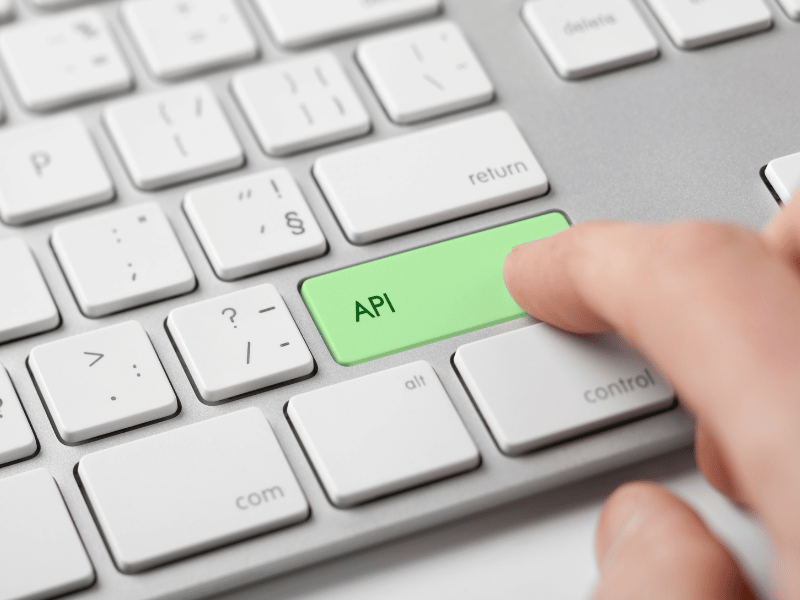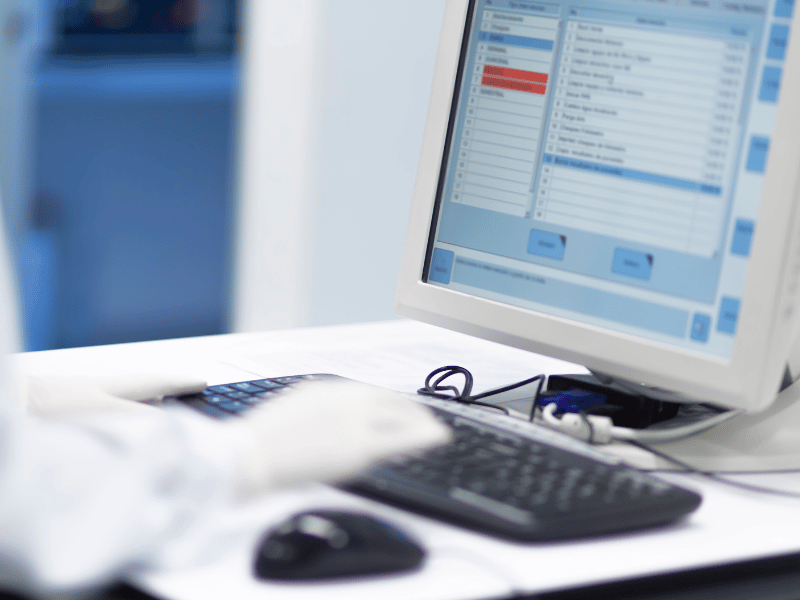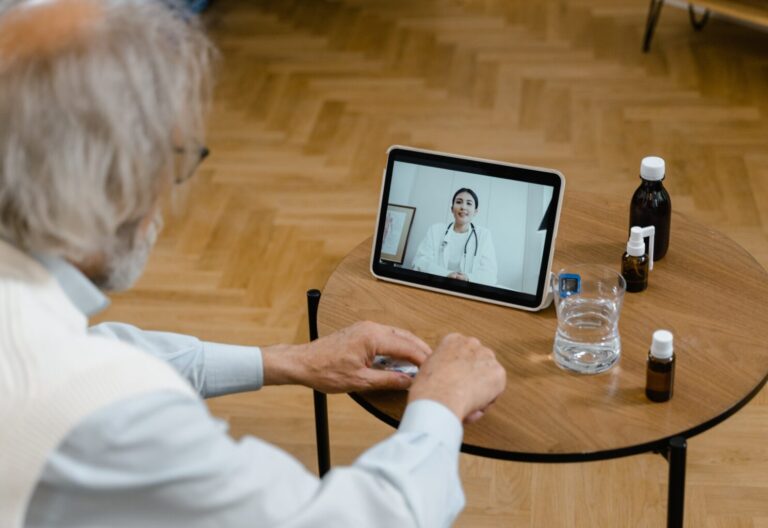Cerner, a leading healthcare technology company, has been implementing and using the FHIR standard for healthcare data exchange.
This post breaks down everything you should know about the Cerner FHIR API, from its key features and benefits to how its setup works.
Table of Contents

What Is Cerner FHIR?
Cerner FHIR, also known as Cerner Ignite APIs, is Cerner’s implementation of the FHIR standard. The FHIR (Fast Healthcare Interoperability Resources) is a standard for exchanging healthcare data electronically. Cerner, meanwhile, is a multinational provider of health IT software, including the popular Cerner Millenium electronic health record (EHR) platform and other Millenium software products.
FAQs on Cerner’s implementation of the HL7 FHIR Standard states that Cerner is “currently in the process of implementing the FHIR standard to expose Cerner Millenium data to our clients and third-party developers.” The Cerner FHIR API makes healthcare data sharing possible with any system regardless of the electronic health records (EHR) used. Cerner believes that the FHIR standard, along with the SMART healthcare app platform and OAuth, will allow Cerner to become an open EHR platform that can exchange data seamlessly with other healthcare systems, apps, and devices.
While many services within Cerner’s ecosystem may have standard equivalents in the FHIR standard, others may not. Cerner plans to continue supporting these non-standard services alongside FHIR implementation to ensure continuity and functionality for clients.

Key Features of Cerner FHIR
Below are the key features that make up Cerner FHIR implementation. You can read more on the Cerner Millennium web page.
FHIR standard roadmap
Cerner is working on using the FHIR standard to share healthcare information better. The roadmap provides feedback on the current FHIR standard and updates to the latest release.
Millenium Web Services Toolkit
Millenium Web Services provides an API that allows interoperability between different parts of Cerner’s system (called Millenium Cerner) and other programs or systems outside Cerner. It includes web services for accessing clinical services such as patient demographics, clinical results, documentation, reporting, and scheduling. These services utilize standard protocols like SOAP, REST, and HTTPS.
Future migration to FHIR standard
Cerner plans to migrate Millenium Web Services to the FHIR standard, particularly for services with standard resource equivalents. Services without standard equivalents will be maintained alongside FHIR implementation.
Implementation of FHIR standard
Cerner is actively implementing the FHIR standard to make Millenium data available to their clients and third-party developers. The FHIR Cerner API, along with SMART and OAuth2, is expected to enable Millennium to become an open EHR platform supporting innovative developers.
Supported versions and resources
FHIR Cerner implementation supports both R4 First Normative Content (4.01) and DSTU 2 Final (1.0.2) versions of the FHIR standard. R4 implementation is ongoing, with new resources and actions continually added. The choice between versions depends on your use case, with R4 offering more capabilities and alignment with regulatory requirements. Cerner encourages development with the R4 version and provides tools for comparing supported resources between versions.
SMART apps and implementation with FHIR standard
SMART Health IT is an open-source app platform allowing developers to create apps within healthcare systems. Cerner anticipates SMART apps as major users of FHIR standard resources and supports access through mobile SMART applications. You can view the Cerner FHIR SMART web page to learn more about Cerner and SMART apps.

Implementing Cerner FHIR
Here’s an overview of Cerner’s implementation of the FHIR standard:
Which versions are supported?
As discussed above, Cerner’s implementation currently supports both the R4 First Normative Content (4.0.1) version and the DSTU 2 Final (1.0.2) version of the FHIR standard.
Which version should you use?
The choice between versions depends on factors such as supported resources and actions, patient access, and technical requirements. Generally, the R4 version offers more capabilities, such as create and modify functionalities, which may not be available in DSTU 2. Cerner highly encourages development against R4 whenever possible, as existing DSTU 2 apps will eventually need to be migrated to the R4 implementation.
What are the supported resources between versions?
You can browse Cerner’s DSTU 2 and R4 versions documentation to compare supported resources and actions. The Cerner FHIR Overview provides a table with a live view of resources and actions supported by both implementations for system and provider access. Consult the HL7 FHIR US Core Implementation Guide for details on specific data elements supported by each API resource.
Is developer support available?
Developers can refer to the Oracle Health Developer Forum for assistance.
Benefits of Cerner FHIR Implementation
Cerner’s implementation of the FHIR standard presents exciting opportunities for developers and healthcare organizations to enhance interoperability and streamline data exchange. By embracing the latest FHIR standards and continuously improving their implementation, Cerner hopes to support innovative healthcare solutions and improve patient care outcomes.







